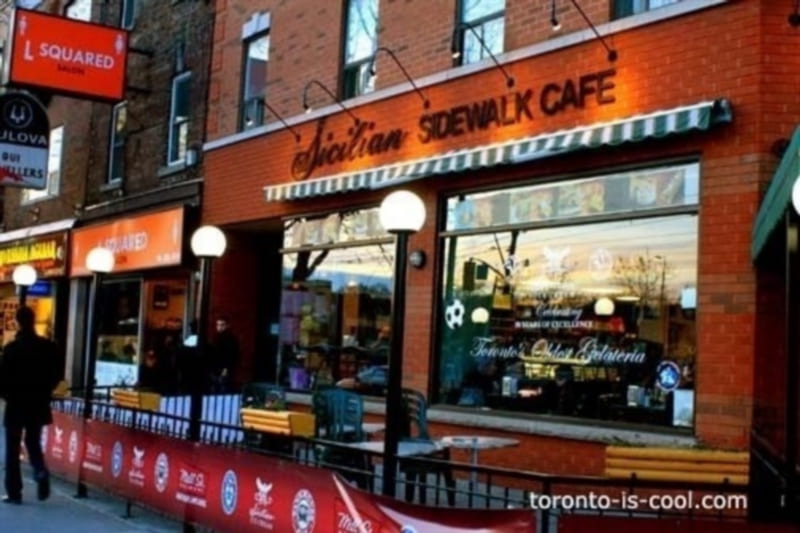Toronto’s cultural tapestry is as diverse as it comes, and Little Italy has long stood as a vibrant testament to the city’s Italian heritage. Dive with me into the kaleidoscopic streets of College, where recent changes have added a splash of modernity to its age-old charm. What’s at the heart of this transformation? Well, it’s none other than the iconic Canadian coffee chain: Tim Hortons.
The Allure of Little Italy

Historically, Little Italy was the bastion for Italian immigrants, a haven where they could bond over shared traditions, languages, and of course, cuisine. From gelato shops to wood-fired pizzerias, the neighbourhood resonates with the soulful tunes of Italy. But, change is the only constant.
- Cobblestone to Contemporary: While the cobbled streets echo stories of yesteryears, modern establishments have started to blend in, offering a melange of old-world charm and urban chic.
- Arts & Festivals: The renowned Royal Cinema and the spirited festivals, like Taste of Little Italy, further amplify the area’s allure. They serve as anchors, reminding everyone of the neighbourhood’s rich history.
- Local Buzz: Engage in banter with the locals, and you’ll hear tales of old-school barbershops, spaghetti dinners, and soccer matches broadcasted on community radios.
Tim’s Debut in the Historic Enclave

“Tim’s in Little Italy? You’ve gotta be kiddin’ me!” Such was the initial reaction. The maple leaf emblem of Tim Hortons, synonymous with double-doubles and timbits, has recently made its debut here.
- A Blend of Two Worlds: Instead of steamrolling its way through, Tim’s chose to merge with the neighbourhood’s essence. Imagine sipping on an espresso, a nod to Italy, while munching on the classic Canadian donut.
- Feedback from the Masses: Locals have mixed feelings. Some appreciate the modern touch, while purists argue it dilutes the authenticity. However, there’s no denying the buzz it has created.
Cultural Synthesis or Commercial Coup?
A pivotal question arises: is this a harmonious blend or a commercial conquest? Let’s weigh in.
- Bridging the Gap: On one hand, Tim’s presence bridges the generational divide. Younger folks are drawn to its trendy offerings, while the older generation finds solace in the familiar Italian touches.
- The Flipside: Detractors argue that this is a commercial move, undermining the neighbourhood’s character. They fear Little Italy might lose its essence, becoming just another Toronto street.
External Perspectives: What Do the Experts Say?
Dr. Eleanor Wright, a prominent urban sociologist, remarked, “This is not just about a coffee shop. It’s about the tussle between preserving heritage and embracing change.” A quick glance at Wikipedia’s take on urban gentrification sheds more light on such urban phenomena.
Furthermore, food critic Oliver King penned in his column, “While Tim’s cappuccino won’t replace the traditional Italian brew, its arrival marks a new chapter in Little Italy’s dynamic story.”
The Road Ahead for Little Italy
Change, though inevitable, never comes easy. As the aroma of freshly baked croissants from Tim’s intertwines with the scent of pizza from adjacent bakeries, Little Italy stands at a crossroad.
- Preservation Efforts: Local groups rally to protect the neighbourhood’s legacy. Initiatives like heritage walks and traditional Italian cooking classes are being introduced.
- Adapting to the New Normal: On the other hand, there’s a section that believes in moving with the times. They advocate for a seamless blend of the old and the new.
Only time will tell if Little Italy can strike a balance, ensuring that its spirit remains undiluted while adapting to the winds of change. Whatever the outcome, one thing’s for sure: the streets of Little Italy will always echo with tales of passion, resilience, and zest for life.








